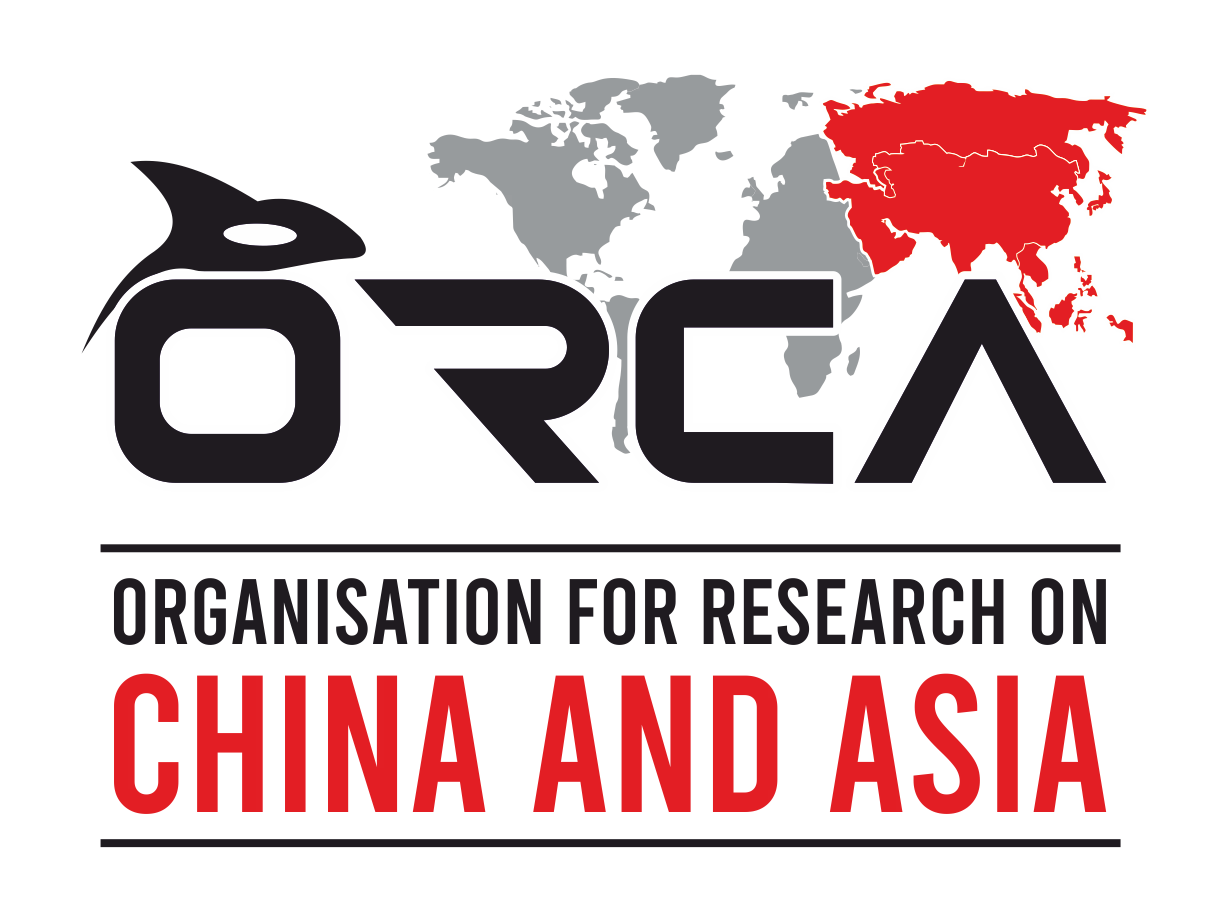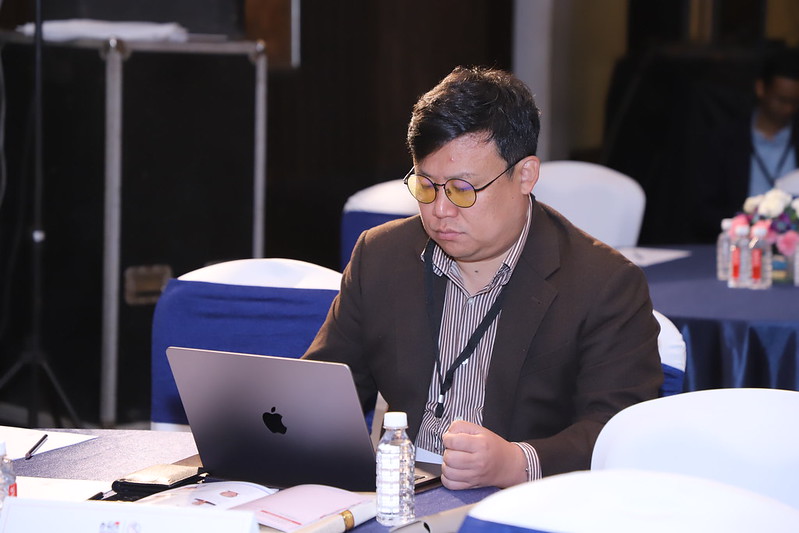China views the United Nations (UN) as the backbone of the international order. With 39 Small Island Developing States (SIDS) members in the UN, representing around 20% of the UN General Assembly's total membership, these countries collectively possess significant voting power and voices of the Global South. For instance, 28 out of these 39 SIDS supported China's stance on human rights issues in the Xinjiang region and its "One China" policy. This demonstrates how maintaining strong diplomatic ties with SIDS is crucial for China in securing support for its policies on the international stage.
As China's economic and military capabilities continue to grow, it recognizes the need to establish strategic geopolitical and military deterrence toward potential rivals. This has led to the development of the "String of Pearls" strategy, where China has invested heavily in ports and infrastructure in countries around India, such as Sri Lanka (Hambantota Port) and Pakistan (Gwadar Port) and the Maldives. These investments serve not only economic purposes but also as strategic footholds, potentially providing China with leverage in the Indian Ocean Region, thereby acting as a deterrence against India’s influence.
Similarly, China's increasing engagement with South Pacific nations, such as the Solomon Islands and Papua New Guinea, can be viewed as an effort to counterbalance Australia’s influence, especially since Australia has aligned itself more closely with the United States on matters like the South China Sea disputes. By establishing diplomatic and economic ties with these island nations, China aims to strengthen its presence and influence in the South Pacific region, thereby creating a strategic buffer against potential challenges from Australia. This growing engagement offers China a way to balance the influence of countries like Australia and the United States, which are increasingly active in the Indo-Pacific.
China's "String of Pearls" strategy has seen over $11 billion invested in port and infrastructure projects in countries surrounding India, such as Sri Lanka, Pakistan, and the Maldives. The Hambantota Port in Sri Lanka alone received a $1.4 billion investment, serving both economic and strategic purposes.
In the South Pacific, China has increased its aid and investment, reaching approximately $1.5 billion between 2011 and 2020, making China the second-largest aid donor in the region after Australia.
Deterrence vs. Economic Sanctions
China views economic sanctions approach as less effective and potentially more costly to its own economy due to the interdependence of global trade networks. Instead, China opts for strategic engagement with SIDS, leveraging investments, infrastructure development, and diplomatic ties to build alliances and establish geopolitical deterrence. This strategic choice enables China to avoid the economic drawbacks associated with sanctions while effectively counterbalancing the influence of potential rivals like India in the Indian Ocean Region and Australia in the South Pacific. By investing in these regions, China secures long-term partnerships that are more sustainable and mutually beneficial, offering a stable alternative to the uncertainties and adversities of sanction-based approaches.
What SIDS Can benefit from China
Economic Interests: Ports and Dual-Use Infrastructure
China's investment in SIDS under the BRI exceeded $2 billion by 2023, with key projects including the Solomon Islands infrastructure development ($825 million) and port projects in Papua New Guinea and Fiji. These investments have resulted in the creation of over 10,000 jobs across SIDS and improved trade connectivity, leading to a projected increase in GDP for participating countries by up to 4% annually. The Hambantota Port in Sri Lanka, while originally facing financial challenges, has started generating annual revenues of $10 million since being leased to China, demonstrating the potential long-term economic benefits of such partnerships. In response to China’s engagement, countries like India have increased their aid to the Maldives, reaching $1.4 billion in credit lines in recent years, and Australia pledged an additional $500 million in aid to the South Pacific in 2022. This competition has allowed SIDS to leverage China’s presence to gain better terms and more options in their international engagements, enhancing their ability to assert their own interests.
The opening of two new U.S. embassies in the South Pacific (the Solomon Islands and Tonga) in 2023 marks the first expansion of U.S. diplomatic presence in the region in over three decades, demonstrating how China’s engagement has drawn renewed interest and investment from other global powers. Additionally, the U.S. announced an aid package of $600 million for SIDS in the South Pacific from 2023 to 2025, signalling a more competitive and beneficial environment for these countries.
The Next Steps Going Forward
China’s experience with large-scale land reclamation, exemplified by its addition of over 3,200 acres of artificial land in the South China Sea since 2014, could be used to support SIDS facing challenges from rising sea levels and climate change. According to UN data, more than 50% of the population in SIDS is at risk from sea-level rise, making China’s expertise valuable for their adaptation efforts.
China has invested over $500 million in healthcare, education, and climate resilience projects across the South Pacific, signalling its commitment to the well-being of these nations. This aid includes the establishment of hospitals, schools, and infrastructure projects designed to improve living standards, reinforcing China’s position as a non-colonialist partner focused on development and mutual prosperity.
Engaging with India through platforms like the Bay of Bengal Initiative for Multi-Sectoral Technical and Economic Cooperation (BIMSTEC), which involves 7 countries and a combined GDP of $3.5 trillion, could help China build positive relations and jointly address regional issues.Similarly, participating in the Pacific Islands Forum (PIF), which represents 18 member countries with a combined population of over 10 million, allows China to work with Australia and other regional powers to address shared concerns like climate change and sustainable development, fostering a more inclusive and harmonious regional environment.
These remarks were presented by Dr. Ma Bo at the Global Conference for New Sinology (GCNS), 2024.



Author
Dr. Ma Bo
Dr. Ma holds a PhD in Political Science from the City University of New York (CUNY), United States and an LLM in Public International Law, Queen Mary University of London, United Kingdom with British Chevening Scholarship. He was previously a Research Fellow and Director of Maritime Law Program at the China Center for Collaborative Study of the South China Sea, Nanjing University, China.